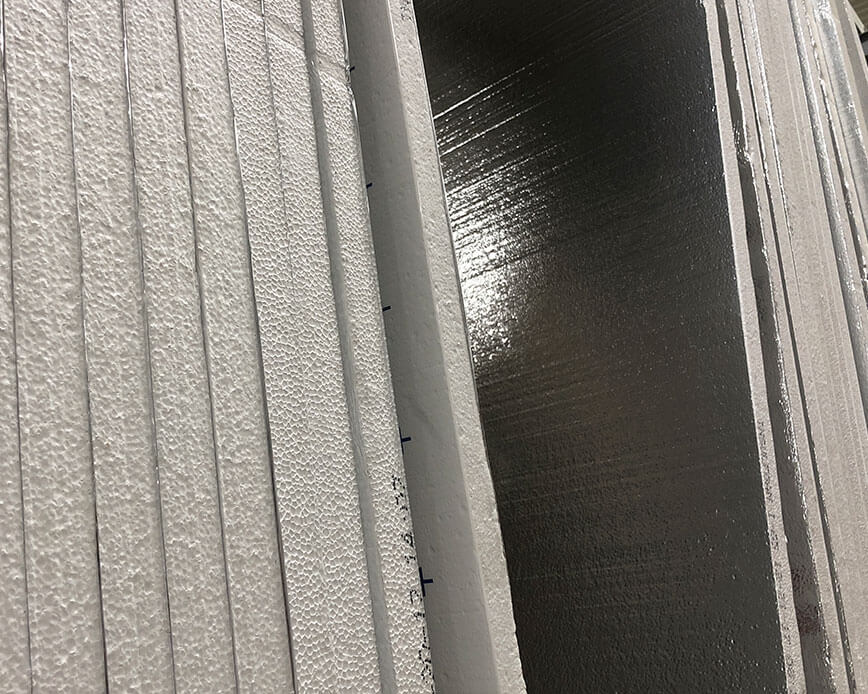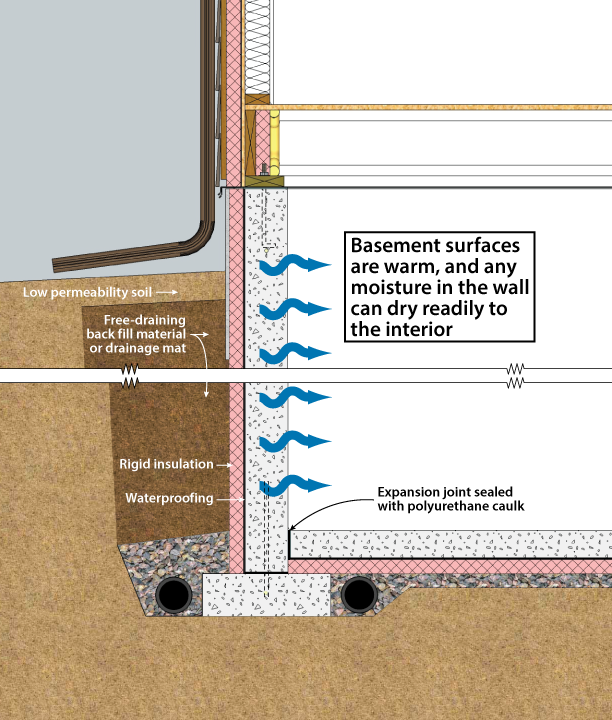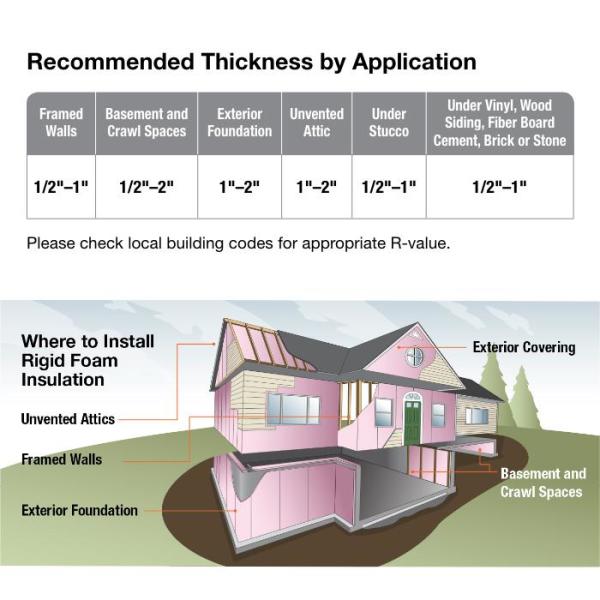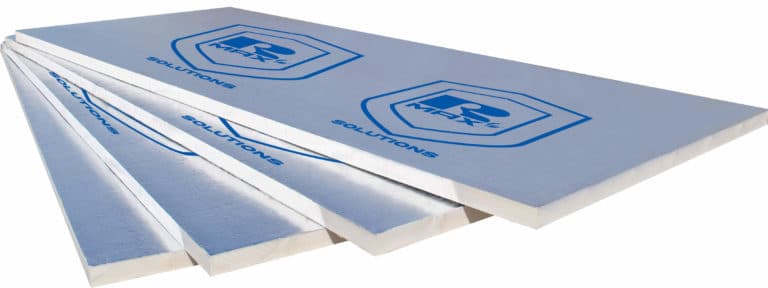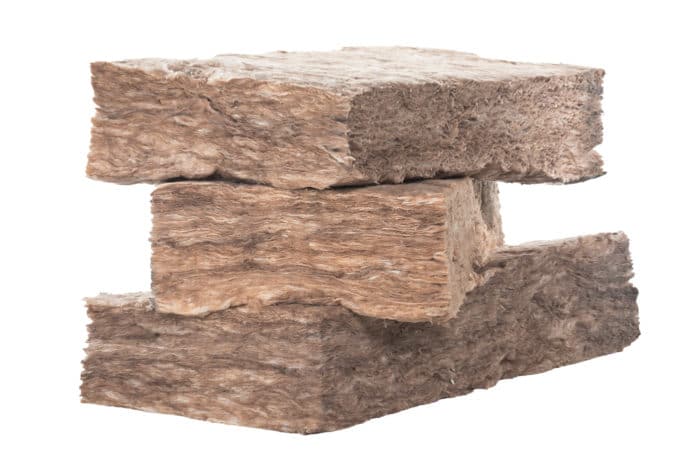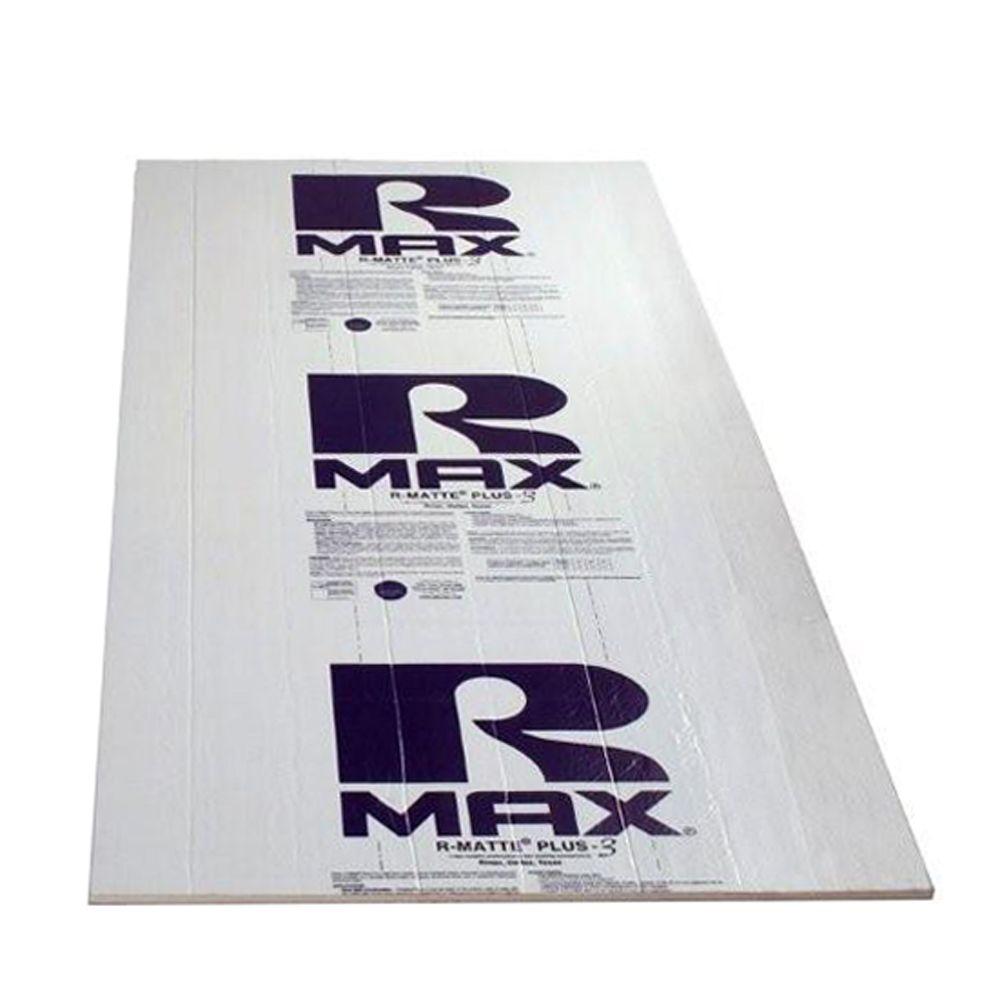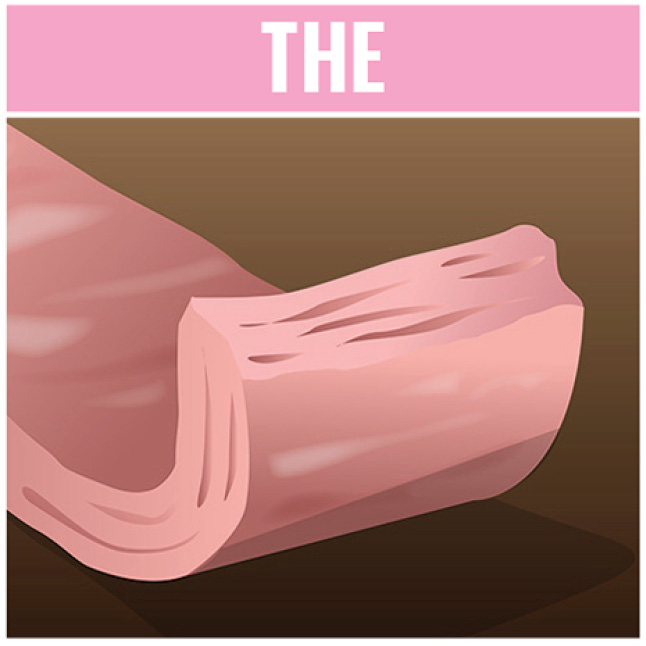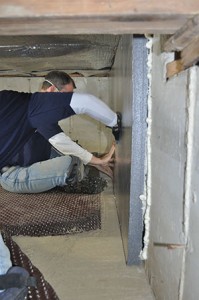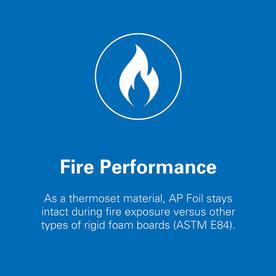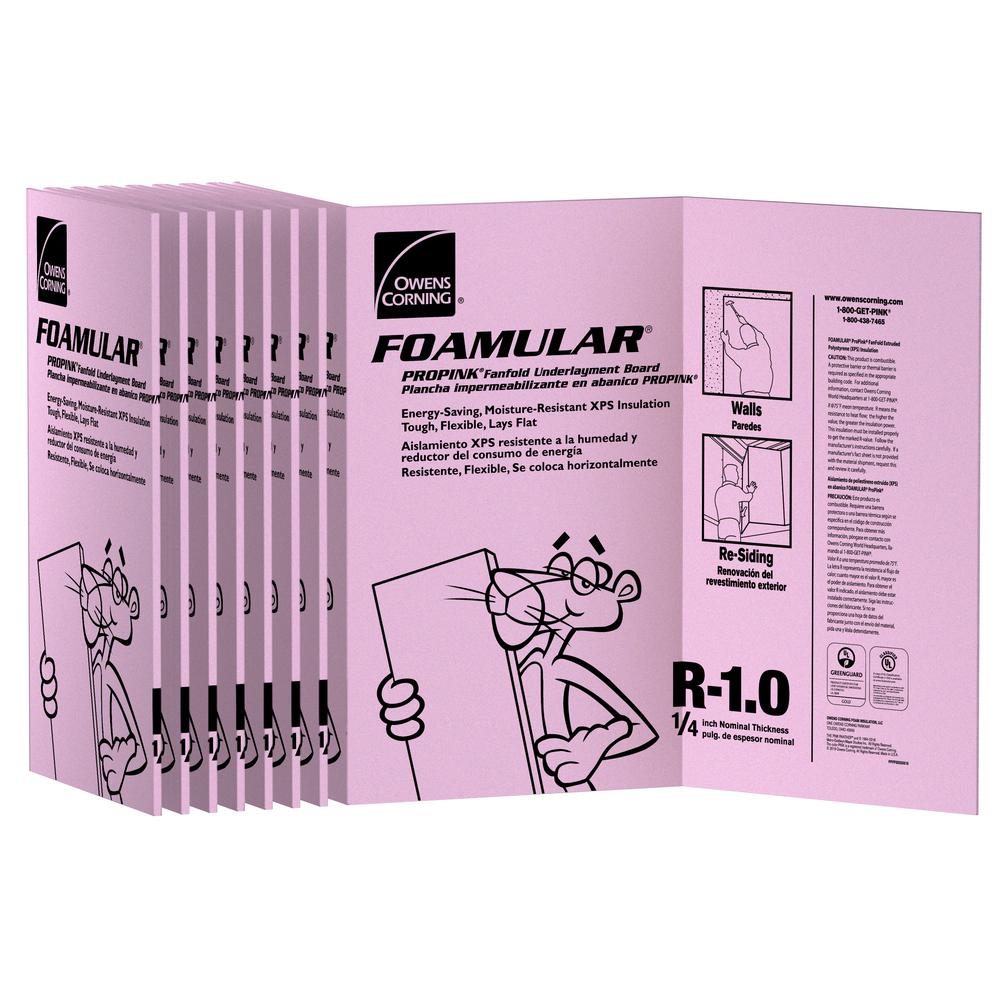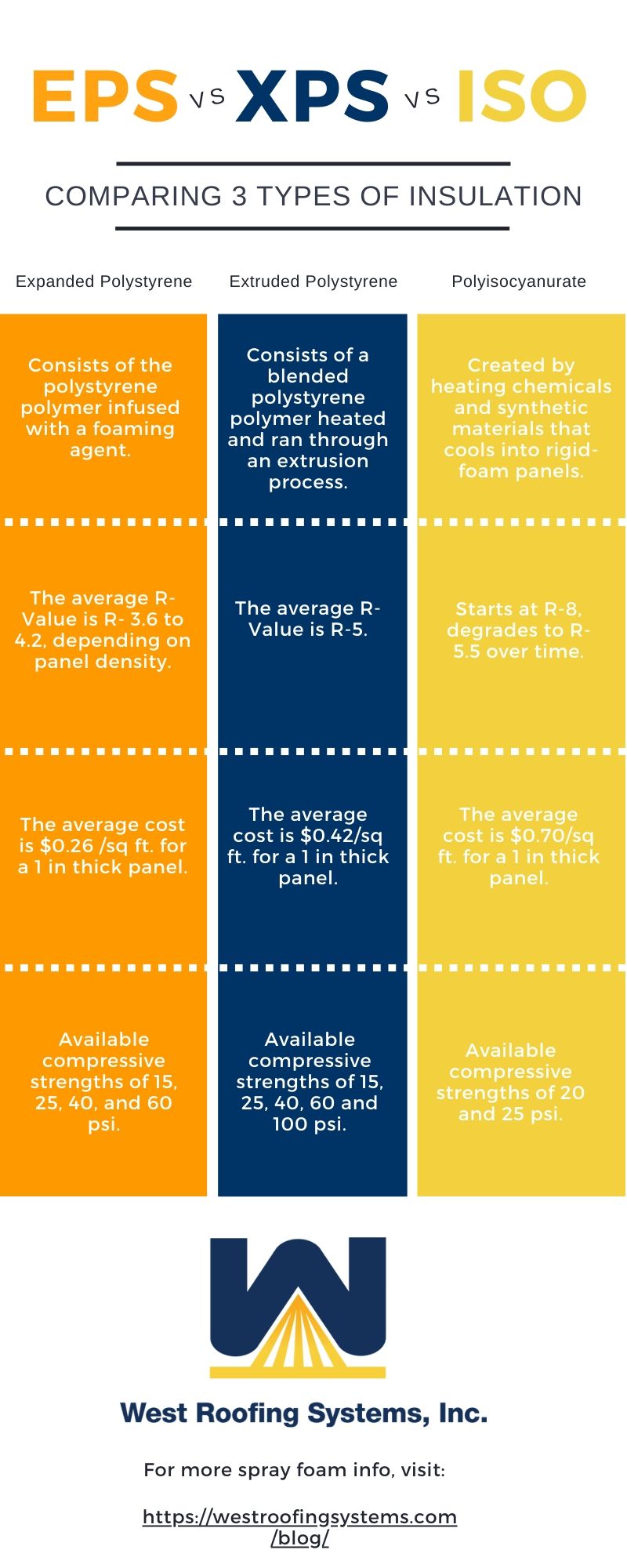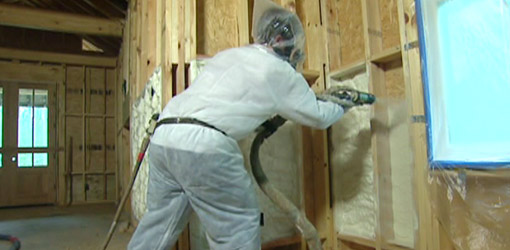Foil Faced Rigid Insulation Vs Unfaced

Kinds of insulation that don t involve facing of any sort include spray foam blown in insulation and rigid foam boards.
Foil faced rigid insulation vs unfaced. Air migrates from warmer spaces toward colder spaces and insulation is designed to help prevent or at least slow that migration. Unfaced insulation is a type of fiberglass batt insulation which is normally used over existing insulation. From a green building perspective as dana dorsett correctly notes either eps or polyiso is preferable to xps. Foil faced foam for exterior insulation and a felt paper weather resistive barrier behind a rain screen.
Unlike faced insulation unfaced insulation lacks a vapor barrier or retarder meaning it does not provide moisture control but it s more economical than its faced counterpart. It s required by code. Any type of rigid foam will work from a building science perspective. Mostly paper faced insulation is the best choice for neophytes in insulation installations.
As john clark correctly notes your wall must have a water resistive barrier wrb. When it s batts or rolls of unfaced insulation it s meant to be used to add r rating values but should be installed behind the faced insulation. When to use paper faced. Faced insulation has a vapor barrier or a vapor retarder the facing that helps prevent moisture from moving from one space to another.
It is important not to mix them nor use the wrong faced insulation product for each task. Faced insulation products not only use paper they can also use aluminum foil vinyl and even aluminum paper. Foil faced polyiso is easy to tape. What is the right insulation for an attic.
The upside is you save money by not having to pay to add your own vapor barrier. There are many types of insulation that are unfaced such as spray foam and loose fill fiberglass.




